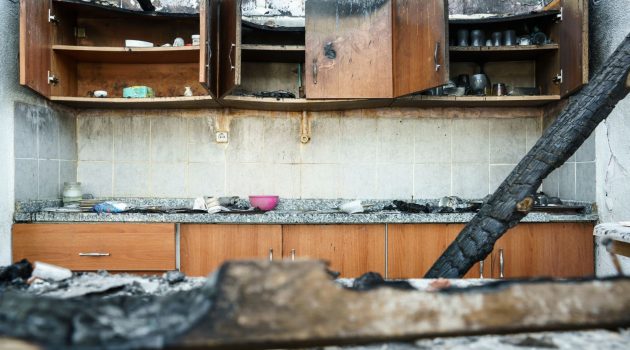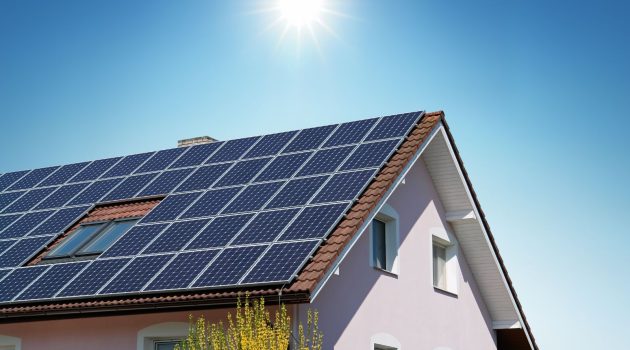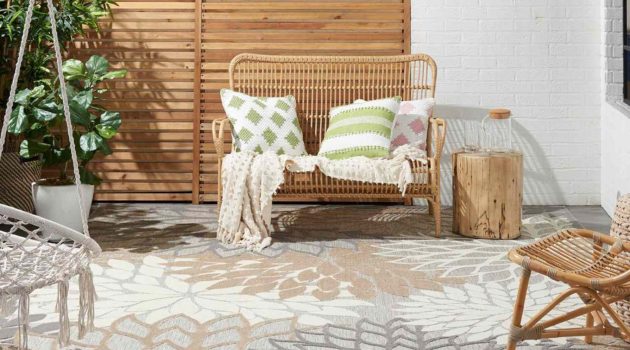The desire for a relaxed and comfortable home becomes paramount as summer approaches.
But keeping your living space at an ideal temperature can increase energy consumption and utility bills.
Focus on your home’s energy efficiency to ensure you balance comfort with cost-effectiveness.
First, evaluate various aspects of your living space, from the insulation and windows to the appliances and landscaping.
Then you can create a more efficient and comfortable home by identifying areas where improvements are needed.
With this in mind, it’s best to learn practical tips and implement them so you can enjoy a cooler, more comfortable living space.
In addition, you could cut your energy consumption while leaving a lighter environmental impact. As such, consider exploring these myriad tips:
1. Upgrade Windows
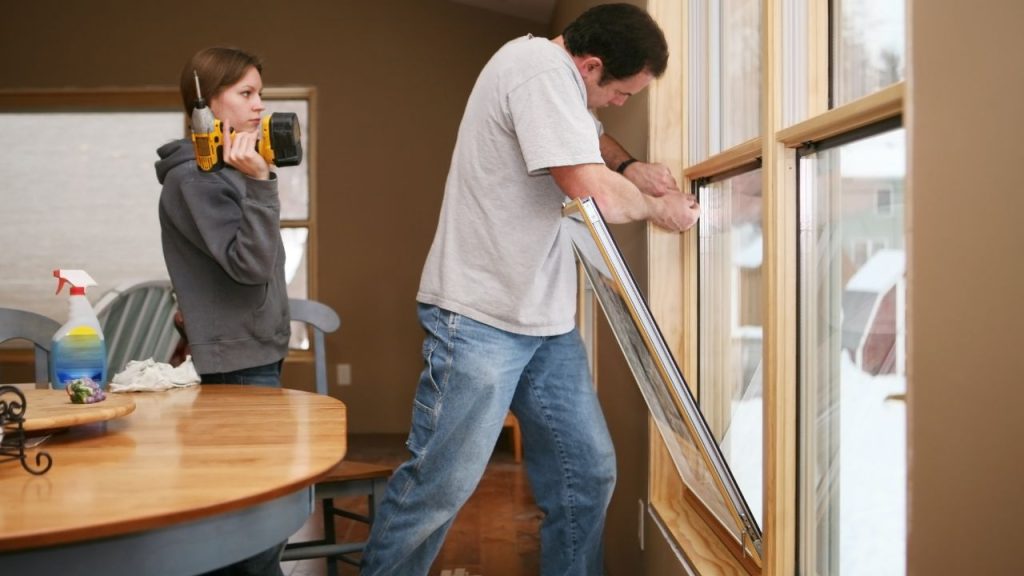
Upgrading to energy-efficient windows is a valuable investment. These windows are constructed with multiple panes of glass, creating insulating air pockets.
Investing in double or triple-pane windows not only helps maintain a consistent indoor temperature but could also reduce heat transfer.
As a result, your home stays cool even on the hottest days.
Aside from that, window treatments can also help block sunlight and reduce heat gain. Reflective or light-colored window treatments are particularly effective at keeping your home cool.
They reflect the sun’s rays instead of absorbing them.
2. Optimize Your Landscaping
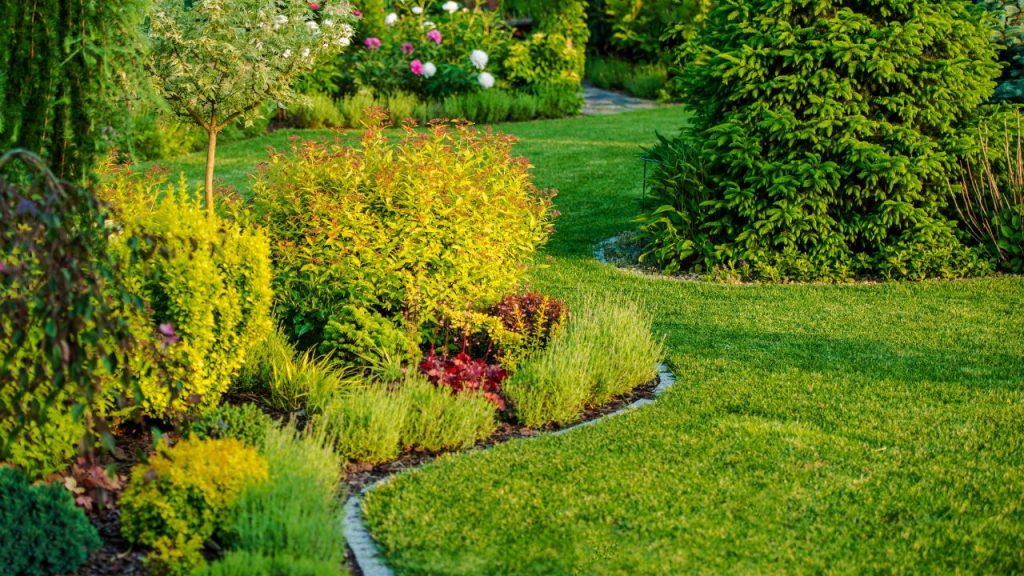
Strategically planting trees and shrubs around your home could provide shade and help reduce your cooling costs.
For instance, planting deciduous trees on your home’s east and west sides could shade your windows from the sun during the hottest parts of the day.
Likewise, consider light-colored surfaces, such as gravel, light mulch, or pale paving stones. They reflect sunlight rather than absorb it, keeping the surrounding area cooler.
Incorporating these materials into your landscaping design can help minimize heat build-up.
3. Invest In Energy-Efficient Appliances
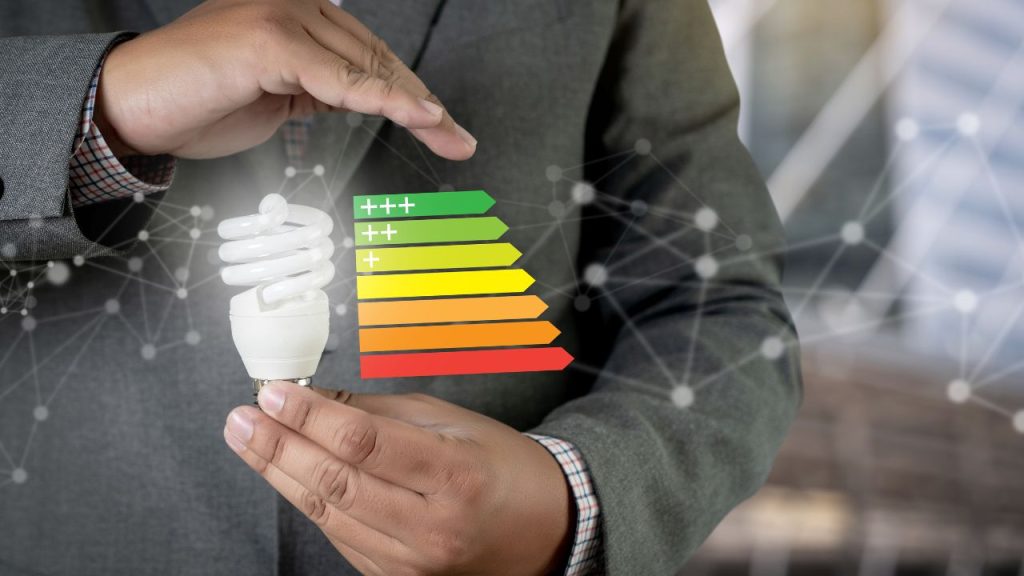
If you’re in the market for new appliances, consider investing in energy-efficient models. These advanced versions consume less energy and can save you money in the long run.
So, if you’re in the United States, looking for an Energy Star label is recommended.
This symbol signifies that the product meets strict energy efficiency guidelines the U.S. Environmental Protection Agency set.
4. Consider Solar Energy
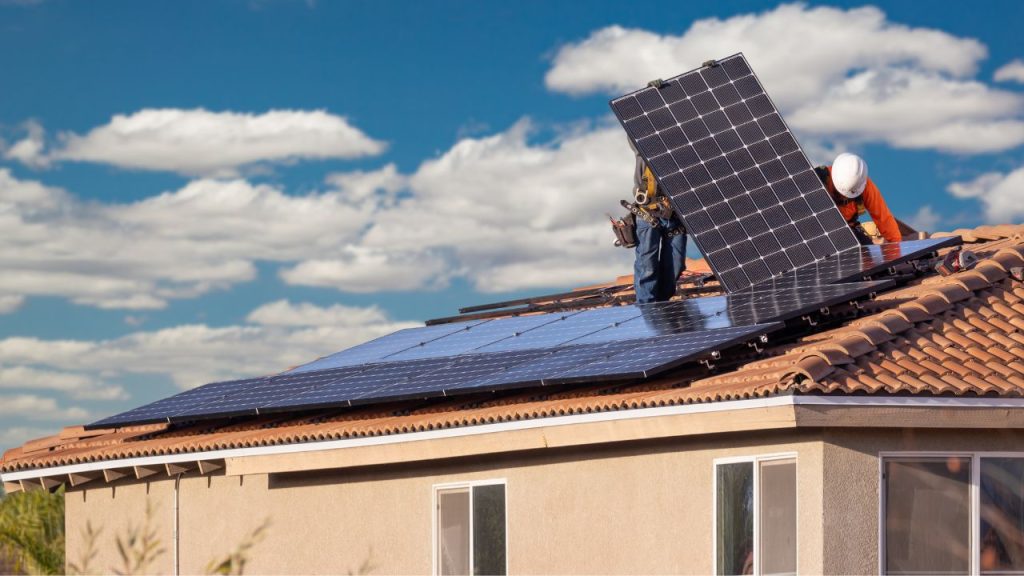
Installing solar panels on your roof can help you save on energy costs. These alternatives also reduce your carbon footprint. The reason is that solar panels generate electricity from sunlight.
You can use them to power your home or even be sold back to the grid. However, it depends on your location and utility provider.
So, it’s best to consider the following factors before deciding to install solar panels:
- Roof Condition and Orientation: Your roof should be in good condition and have a practical orientation for optimal sunlight exposure. Generally, south-facing roofs are the most efficient for solar energy collection. If your roof requires repair or replacement, it’s best to address them.
- Local Climate: While solar panels can still generate electricity in cloudy conditions, areas with more sunshine hours will naturally produce more energy.
Solar energy is wise for homeowners looking to boost their energy efficiency. Ensure to research first so you can weigh the benefits of each option available.
This could help you make an informed decision.
5. Install A Programmable Thermostat
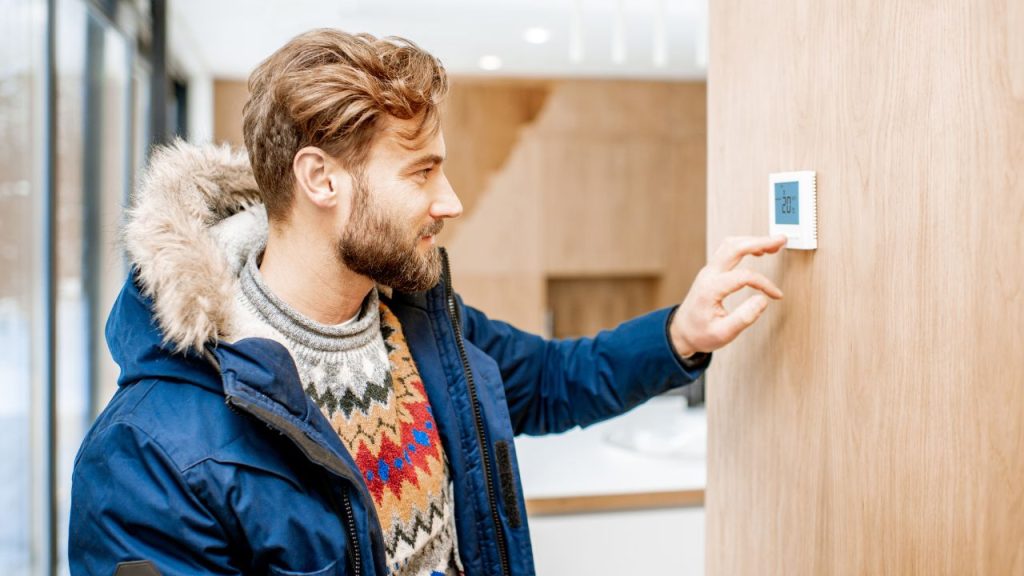
A smart thermostat can be a game-changer when it comes to energy efficiency. You may set this device to adjust temperatures based on your schedule automatically.
For example, consider setting the thermostat to a higher temperature when you’re away from home and cool it down before your return.
That way, you could maintain a comfortable living environment using less energy.
6. Take Advantage Of Natural Cooling Methods
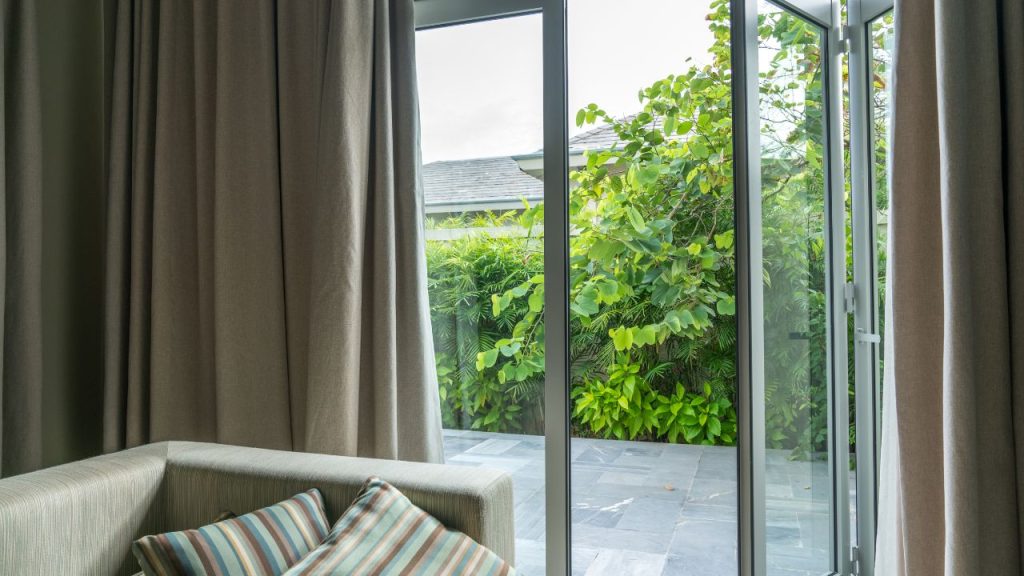
Natural cooling methods are one way to boost your home’s energy efficiency. These include opening windows and doors to promote cross-ventilation.
If you have a shaded outdoor area like a porch or patio, you may use it as an extension of your living space. In doing so, you keep the indoors cooler.
7. Maintain Your AC System
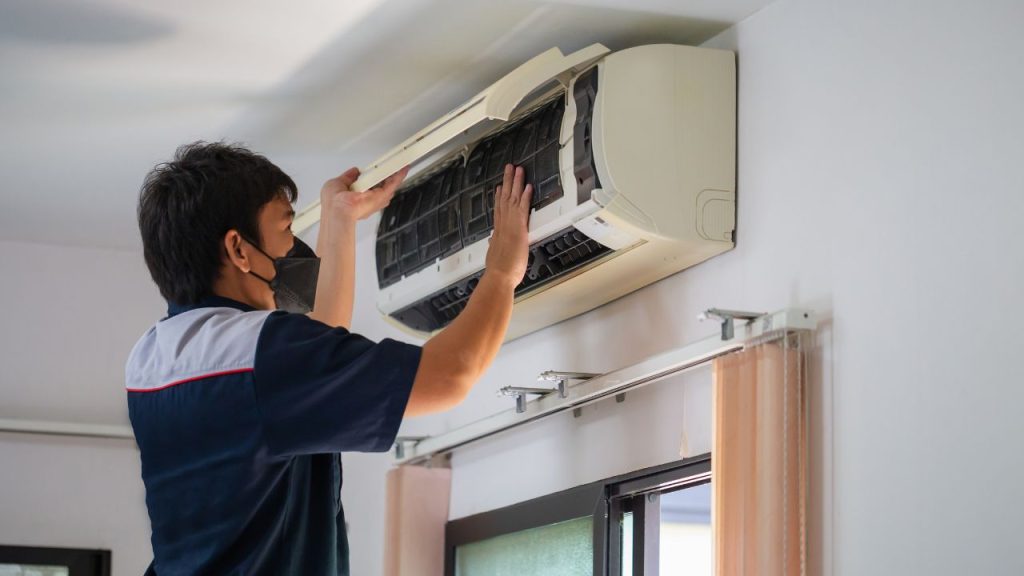
Regular air conditioning (AC) system maintenance can improve efficiency. As such, it’s wise to clean or replace filters regularly.
Aside from that, it’s best if you clean the coils annually to help maintain their efficiency.
In addition, scheduling a professional tune-up at least once a year ensures your system functions optimally. During this process, a technician checks refrigerant levels and inspects the systems for damage.
That way, they identify and address issues with your AC system before they become costly.
8. Seal Leaks And Insulate Your Home
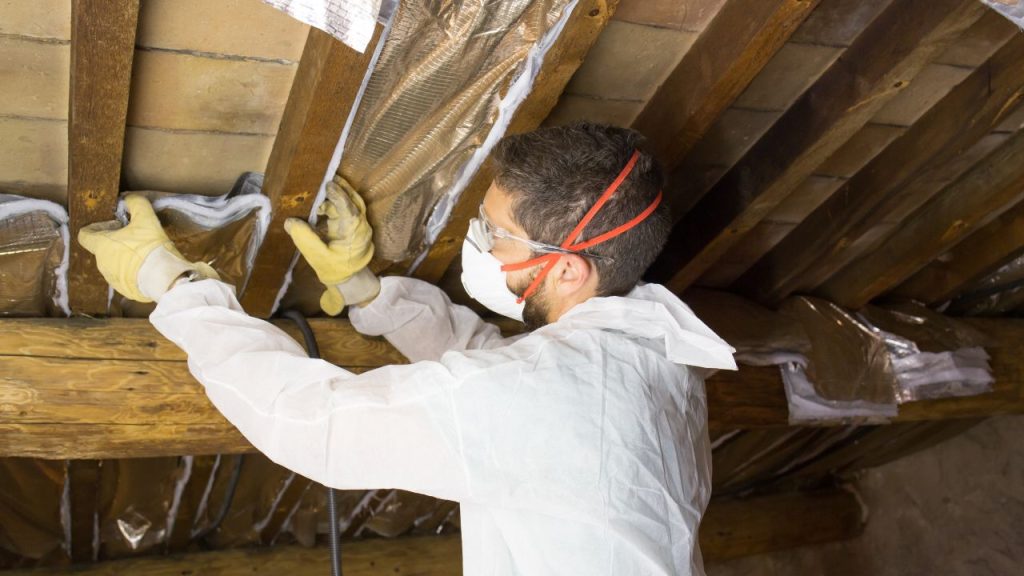
A well-insulated home is essential for keeping the heat and cool air in during the summer months. Thus, it’s best to check for leaks in your doors, windows, and attics.
Also, you may seal them with weatherstripping or caulk.
Additionally, consider adding insulation to your attic and walls. Doing so helps maintain a stable indoor temperature while reducing energy bills.
Conclusion
As temperatures soar, ensuring that your living space remains cool is vital. But it’s best to balance this initiative without skyrocketing energy consumption. You can do this by boosting your home’s energy efficiency.
The strategies mentioned in this article could help you create a more eco-friendly and cost-effective living space. So, go ahead and consider these recommendations in practice.
This way, you could transform your home into an energy-efficient haven this summer.

